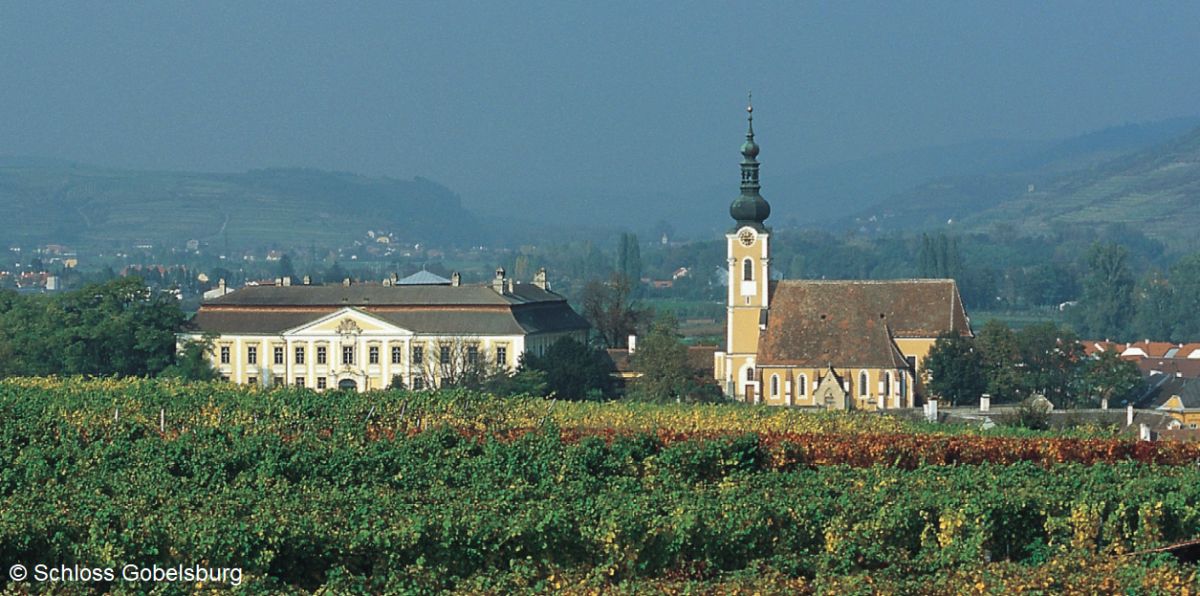currently 165,654 Wines and 25,036 Producers, including 3,179 classified producers.
 0.75 L
0.75 L
 0.75 L
0.75 L
 0.75 L
0.75 L
 0.75 L
0.75 L
 0.75 L
0.75 L
 0.75 L
0.75 L
The Schloss Gobelsburg winery is located in the Lower Austrian wine-growing region of Kamptal. The history of the winery is closely linked to the Cistercian monastery of Zwettl, which was founded in 1138 by Hadmar I of Kuenring. (+1138). In 1171, the then owner of Gobelsburg Castle provided the Cistercian monks from Burgundy with a farm with vineyards that are still cultivated today. After the monastery's vineyard holdings had expanded over the centuries to the south of Wien, it became necessary to create a central contact point for the monastery's wine activities. Therefore, the castle was purchased by the monastery in 1740 and the monastery's central winery was built in it. From 1958, Father Bertrand Baumann, later Abbot of Zwettl, managed the winery and made the "Gobelsburg Mass Wine" a well-known brand. Since 1996, the winery and castle have been run by Eva and Michael Moosbrugger, with the participation of winemaker Willi Bründlmayer.

The vineyards cover 75 hectares of vineyards in the vineyards Heiligenstein, Gaisberg, Grub, Lamm, Renner and Steinsetz, which are characterised by different soil and microclimatic conditions. They are 75% planted with the white wine varieties Grüner Veltliner and Riesling, and 25% with the red wine varieties Zweigelt, Pinot Noir, St. Laurent and Merlot. The best sites are cultivated according to sustainable principles. In 2015, the "Sustainably Produced Wine from Austria" certificate was awarded in accordance with the specifications of the Sustainable Austria Association. Even the monks of Zwettl Abbey used only organic fertiliser, dispensed with weedkillers (herbicides) and practised a reduced use of pesticides.
An innovative technique in winemaking is called the "Dynamic Cellar Concept". To avoid pumping, the wines are transported in "barrels on wheels". Depending on the style, they are fermented in steel tanks or wooden barrels. Maturation takes place in large or small oak barrels made exclusively from oak wood from the nearby Manhartsberg. The "Tradition" line shows the personality that the Grüner Veltliner and Riesling varieties can develop with the winemaking philosophy of the mid-19th century. For the first time with the 2001 vintage, an attempt was made in this regard to reapply the old traditional practices.
The premium products include various regional, local and estate wines Kamptal DAC (Grüner Veltliner and Riesling). A mass wine (Grüner Veltliner) and bottle-fermented sparkling wines are also produced. Around 200,000 bottles of wine are produced annually. The winery is a member of the winegrowers' association Traditionsweingüter Österreich, whose chairman Michael Moosbrugger has been since 2008.